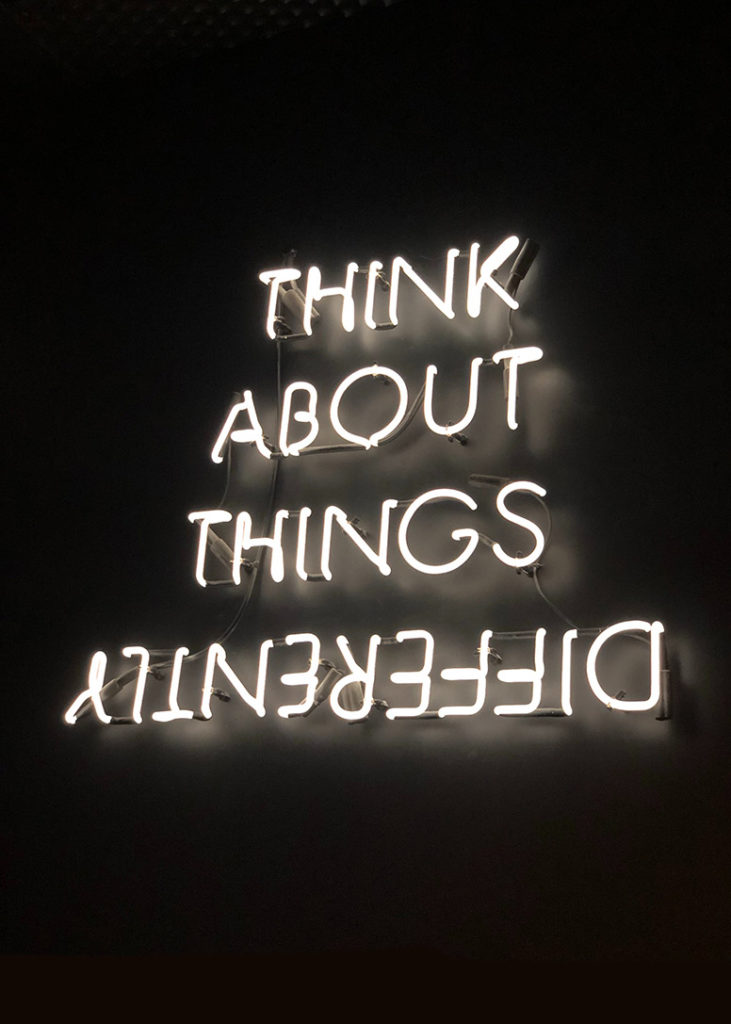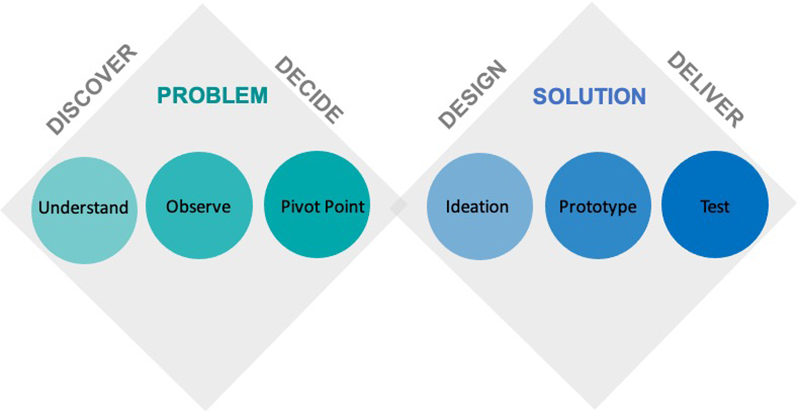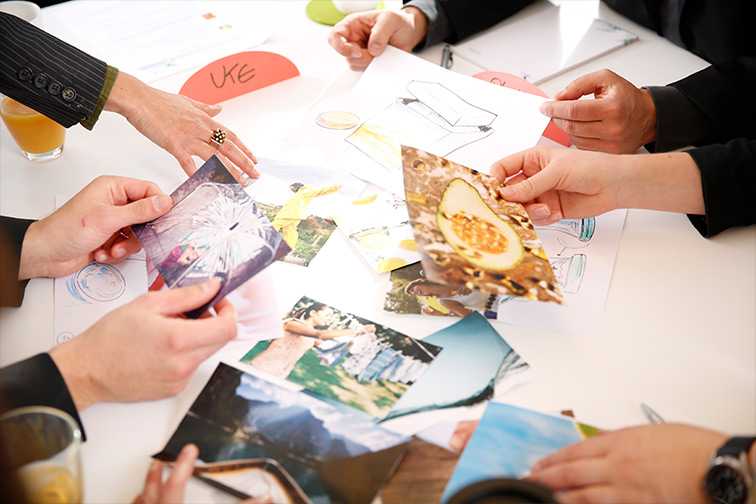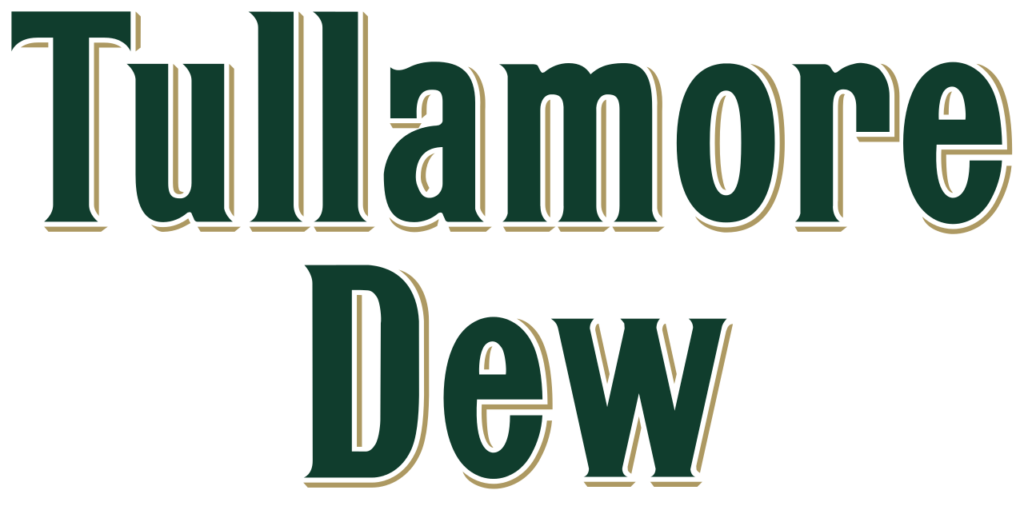
Sustainable Innovation & Communication
Brands and companies always had to change to maintain or improve their market position. However, with the ecological transformation, the emergence of generative artificial intelligence, and geopolitical shifts, the pressure for innovation has exponentially increased. What is considered innovative today may be tomorrow’s new standard. At the same time, the world today is more complex and unpredictable than ever before. Major and minor crises shake us and leave their mark.
The good news, however, is that unconscious tensions and contradictions often create room for innovation. Innovative products typically go beyond functional solutions, ideally adding value without requiring a complete overhaul of routines. Even in sustainability, many do not want to entirely forgo the familiar and tried-and-true. When the economic, ecological, and social value of your offering is effectively communicated through the right codes, your sustainable messages can reach and persuade your target audiences.

Our Credo
Creativity and innovation are hard work. Creatives are rarely inspired by the Muses’ kiss but achieve their success step by step by working hard:
- Creativity is a process, not a state.
- You can stimulate creativity with a conducive work environment, but you cannot force creativity.
- Creativity spawns new and unusual ideas with added value.
- Successful innovations offer benefits that relate to consumer’s lives and values.
- Creative ideas are born out of wisdom, they’re not spur of the moment.
Qualitative market research allows you to gain inspiring knowledge about the motivations and desires, habits, and fears of your target groups. My support is built on more than two decades of expertise in marketing and innovation consulting and my skills as a Design Thinking Coach. Let yourself be inspired to think differently about business and to progress step by step from a detailed understanding of problems to sustainable solutions.
Innovative ideas don't come out of the blue
In Design Thinking Workshops which last two to three days, we as a team will generate a concrete starting point for new product ideas for your brand. In an inspiring atmosphere we will use creativity-boosting techniques and agile methods to develop different solutions. Step by step, we will go through the different phases of the Design Thinking Process, turning initial ideas into a testable prototype:
- Understand: In the beginning we’ll focus on a shared understanding of the starting point of the ideation and define assumptions – about the target group or technical limitations – that the innovation process shall be based on.
- Observe: This phase allows us to gain a 360 degree overview of the initial problem. Consumer insights analysis and interviews with consumers allow us to generate a customer-centric perspective necessary for the next step.
- Pivot Point: At this point the “Problem Statement” re-defines the problem from the consumers’ point of view. We’ll use personas to take different needs groups into consideration.
- Ideation: Stimulated by playful tools, we’ll develop as many different ideas as possible in a short period of time. After that, questioning techniques and sorting exercises facilitate the clustering and selecting of promising ideas.
- Prototype: The chosen ideas will be made more concrete by building a prototype consisting of various materials. In an iterative process of feedback and target-oriented adaptations, the prototypes will be reworked until a testable prototype has been created.
- Testing: Now we’ll determine which decisive assumptions and functionalities shall be tested in an experimental scenario. Feedback analyses give an indication of which areas remain to be improved and which prototype is suitable for further technical development.

I am happy to support you in finding answers for innovation research questions with:
- Verbal and product concept development in workshops and concept clinics
- Concept writing trainings
- Qualitative potential analyses of your new product or service ideas with interviews and focus groups
- Design development supported by visual facilitators
- Qualitative in-home usability tests of innovative products
- Diary studies
- Ethnographic and netnographic interviews
If required, I can conduct almost all studies online. Just send me your briefing document if you would like to receive a proposal for a specific research question.

Our Toolbox

Communication creates a connection between you and your consumers: Which message do you want to bring across? Which codes are appropriate? Which tonality is the right one? What stands out and will be remembered?
- Group discussions or mini groups can reflect the dynamics of how impressions are formed and indicate how impactful certain statements, pack alternatives, claims or logos are. In addition, they can help to reveal which of the positive and negative interpretations prevail and shape consumers’ attitudes. My experienced moderation style provides access to the groups’ creative potential which will uncover appealing alternatives for the wrong wording of the right ideas.
- Qualitative in-depth interviews allow us to analyse concepts at a very early stage of communications development. Comparing different executions of the Big Idea or conducting detailed analyses of design routes are most fruitful during personal interactions with representatives of your personas.
- In Store Checks and Accompanied Shopping Trips we explore the direct impact of communication means on shoppers during participant observations. Which products manage to attract attention on cluttered shelves in the store? Which colour codes, pack formats and messages best reflect the product category and performance attributes? Which products are most enticing at conveying innovativeness?
- Semiotic analyses exemplify the verbal and visual codes of the product and brand communication in your competitive environment. Complex analyses of the entire product category or specific themes illustrate the current and emerging signifiers of specific qualities, values or benefits. Applied semiotics enrich the customers’ feedback and reveal the reasons why communication is impactful.
Application and Expertise
In qualitative studies, I have explored and evolved brand, product and service communication in varying business areas with the following objectives:
- Developing overall communication strategies
- Brand communication campaigns (print, TVC, social media)
- Generating and evaluating logos
- Creating and optimising claims
- Design Research in the arena of new product development (e.g. car clinics)
- Packaging design evaluation / FMOT
- Qualitative storyboard tests
- Potential assessment of advertising communications (print, TV, Social Media)
- Semiotic analyses of pack designs
My areas of expertise for innovation research encompasses:
- Automotive
- Consumer electronics
- Fashion
- Food and beverages
- Financial products and asset management
- Household hygiene
- Insurances
- Logistics
- Personal care and health
- Power tools
- Spirits
Case Study

The Tullamore Dew brand aimed to reposition themselves as “Irish true” because Scottish competitors and American bourbons dominated whisk(e)y connoisseurs’ perceptions. But what does Irishness mean for people outside Ireland?
This question was the starting point of a journey that ended in a very successful communication campaign. Tullamore Dew’s TV commercial was awarded the Best Spirit Spot 2013. The creation by Opperman
Weiss (New York) was founded on consumer insights gathered by Syren Strategy (London) and Colibri Research (Germany). Tullamore Dew beautifully demonstrates how advertising can break codes successfully in order to communicate brand equity in a fresh, inspiring and coherent manner.
The brilliant film is the result of a long path from developing a new brand strategy, redesigning the packaging up to understanding the category’s communicative codes and brand equity in order to bring to life the world of true Irishness. In a multi-stage international, qualitative study we identified values and symbols that help to transport Tullamore Dew’s personality as a typically Irish whiskey in a zeitgeisty way that goes beyond the cliché of happy cows on green meadows. Creation, inspiration and evaluation through consumer insights enriched each other, ending up in a beautiful story well told by an engaging story line, unique atmosphere, touching song and expressive protagonists. Glasses
COLIBRI Research
Prof. Ute Rademacher
- +49 - (0)40 - 54 81 51 92
- info(at)colibri-research.com
- Lange Reihe 39, 20099 Hamburg / Germany




